Ethinyl Estradiol
Synonym(s):17α-Ethynyl-1,3,5(10)-estratriene-3,17β-diol;17α-Ethynylestradiol;19-Nor-1,3,5(10),17α-pregnatrien-20-yne-3,17-diol;EE;Ethinylestradiol
- CAS NO.:57-63-6
- Empirical Formula: C20H24O2
- Molecular Weight: 296.41
- MDL number: MFCD00003690
- EINECS: 200-342-2
- SAFETY DATA SHEET (SDS)
- Update Date: 2025-12-27 15:38:00

What is Ethinyl Estradiol?
Absorption
A 30μg oral dose of ethinylestradiol reaches a Cmax of 74.1±35.6pg/mL, with a Tmax of 1.5±0.5h, and an AUC of 487.4±166.6pg*h/mL. A 1.2mg dose delivered via a patch reaches a Cmax of 28.8±10.3pg/mL, with a Tmax of 86±31h, and an AUC of3895±1423pg*h/mL.
Toxicity
Female patients experiencing and overdose may present with withdrawal bleeding, nausea, vomiting, breast tenderness, abdominal pain, drowsiness, and fatigue. Overdose should be treated with symptomatic and supportive care including monitoring for potassium concentrations, sodium concentrations, and signs of metabolic acidosis.
Indications
Ethinylestradiol is combined with other drugs for use as a contraceptive, premenstrual dysphoric disorder, moderate acne, moderate to severe vasomotor symptoms of menopause, prevention of postmenopausal osteoporosis.
Background
Ethinylestradiol was first synthesized in 1938 by Hans Herloff Inhoffen and Walter Hohlweg at Schering. It was developed in an effort to create an estrogen with greater oral bioavailability. These properties were achieved by the substitution of an ethinyl group at carbon 17 of estradiol. Ethinylestradiol soon replaced mestranol in contraceptive pills.
Ethinylestradiol was granted FDA approval on 25 June 1943.
Pharmacokinetics
Ethinylestradiol is a synthetic estrogen that decreases luteinizing hormone to decrease endometrial vascularization, and decreases gonadotrophic hormone to prevent ovulation. It has a long duration of action as it is taken once daily, and a wide therapeutic index as overdoses are generally not associated with serious adverse effects. Patients should be counselled regarding the risks of thrombotic events.
First aid
Skin Contact: Flood all areas of body thathave contacted the substance with water. Do not wait toremove contaminated clothing; do it under the water stream.Use soap to help assure removal. Isolate contaminatedclothing when removed to prevent contact by others. EyeContact: Remove any contact lenses at once. Immediatelyflush eyes well with copious quantities of water or normalsaline for at least 20-30 min. Seek medical attention.Inhalation: Leave contaminated area immediately; breathefresh air. Proper respiratory protection must be supplied toany rescuers. If coughing, difficult breathing, or any othersymptoms develop, seek medical attention at once, even ifsymptoms develop many hours after exposure. Ingestion:Contact a physician, hospital, or poison center at once. Ifthe victim is unconscious or convulsing, do not inducevomiting or give anything by mouth. Assure that thepatient’s airway is open and lay him on his side with hishead lower than his body and transport immediately to a medical facility. If conscious and not convulsing, give aglass of water to dilute the substance. Vomiting should notbe induced without a physician’s advice.
The Uses of Ethinyl Estradiol
Ethinyl estradiol is used to prevent pregnancy. It works by stopping a woman's egg from fully developing each month. The egg can no longer accept a sperm and fertilization (pregnancy) is prevented.
Metabolism
Ethinylestradiol can be glucuronidated by UGT1A1, UGT1A3, UGT1A4, UGT1A9, and UGT2B7. Ethinylestradiol is also sulfated by SULT1A1, SULT1A3, and SULT1E1. Ethinylestradiol can also be hydroxylated at positions 2, 4, 6, 7, and 16 by CYP3A4, CYP3A5, CYP2C8, CYP2C9, and CYP1A2. These hydroxylated metabolites can be methylated by catechol-O-methyltransferase. The methoxy metabolites can in turn be sulfated or glucuronidated.
Storage
Color Code—Blue: Health Hazard/Poison: Storein a secure poison location. Prior to working with thischemical you should be trained on its proper handling andstorage. Store in a refrigerator under an inert atmosphereand protect from exposure to light.
Properties of Ethinyl Estradiol
| Melting point: | 182-183 °C(lit.) |
| Boiling point: | 378°C (rough estimate) |
| Density | 1.0944 (rough estimate) |
| refractive index | -30 ° (C=0.4, Pyridine) |
| Flash point: | 9℃ |
| storage temp. | room temp |
| solubility | ethanol: 50 mg/mL, clear, slightly yellow |
| form | neat |
| pka | pKa 10.32 (Uncertain) |
| form | Solid |
| color | White to Light yellow to Light orange |
| Merck | 14,3734 |
| BRN | 2419975 |
| CAS DataBase Reference | 57-63-6(CAS DataBase Reference) |
| NIST Chemistry Reference | Ethinyl estradiol(57-63-6) |
| EPA Substance Registry System | Ethinyl estradiol (57-63-6) |
Safety information for Ethinyl Estradiol
| Signal word | Danger |
| Pictogram(s) |
 Exclamation Mark Irritant GHS07  Health Hazard GHS08  Environment GHS09 |
| GHS Hazard Statements |
H302:Acute toxicity,oral H350:Carcinogenicity H410:Hazardous to the aquatic environment, long-term hazard |
| Precautionary Statement Codes |
P202:Do not handle until all safety precautions have been read and understood. P264:Wash hands thoroughly after handling. P264:Wash skin thouroughly after handling. P270:Do not eat, drink or smoke when using this product. P273:Avoid release to the environment. P301+P312:IF SWALLOWED: call a POISON CENTER or doctor/physician IF you feel unwell. P308+P313:IF exposed or concerned: Get medical advice/attention. |
Computed Descriptors for Ethinyl Estradiol
| InChIKey | BFPYWIDHMRZLRN-SLHNCBLASA-N |
Ethinyl Estradiol manufacturer
Omicron Pharmatech Private Limited
Kavya Pharma
New Products
4,4-Difluoropiperidine hydrochloride tert-butyl 9-methoxy-3-azaspiro[5.5]undecane-3-carboxylate Indole Methyl Resin N-Isopropylurea N,N-Dicyclohexylcarbodiimide(DCC) MELDRUMS ACID 5-METHYLISOXAZOLE-4-CARBOXYLIC ACID Magnessium Bis glycinate Zinc ascorbate 1-bromo-2-butyne 2-acetamidophenol 9(10H)-anthracenone Erythrosin B, 4-Piperidinopiperidine 2-((4-morpholinophenylamino) (methylthio) methylene) malononitrile 2,4-dihydroxybenzaldehyde 3-(4-morpholinophenylamino)-5-amino-1H-pyrazole-4-carbonitrile Methyl 2-methylquinoline-6-carboxylate 2,6-dichloro-4-nitropyridine 4-Bromo-2-chlorobenzonitrile 2-(benzylamino)acetic acid hydrochloride 4-(tert-Butoxycarbonylamino)but- 2-ynoic acid 3,4-dihydro-2H-benzo[b][1,4]dioxepine 1-Phenyl-1-cycloprppanecarboxylicacidRelated products of tetrahydrofuran

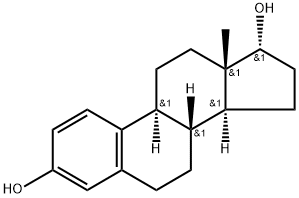

![MOXESTROL, [11BETA-METHOXY-3H]-](https://img.chemicalbook.in/StructureFile/ChemBookStructure2/GIF/CB3332298.gif)
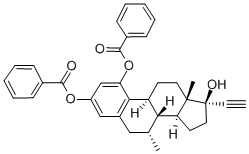
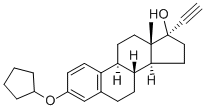

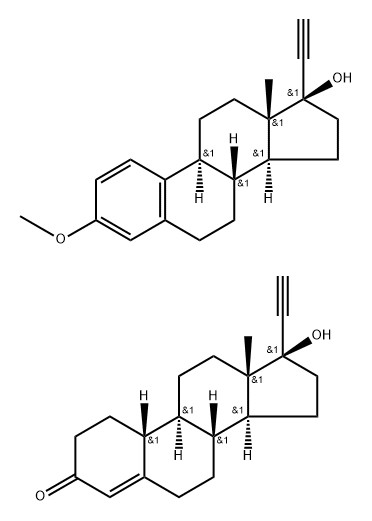
You may like
-
 Ethynyl Estradiol 99%View Details
Ethynyl Estradiol 99%View Details -
 ETHINYL ESTRADIOL 99%View Details
ETHINYL ESTRADIOL 99%View Details -
 Ethinyl estradiol >98% (HPLC) CAS 57-63-6View Details
Ethinyl estradiol >98% (HPLC) CAS 57-63-6View Details
57-63-6 -
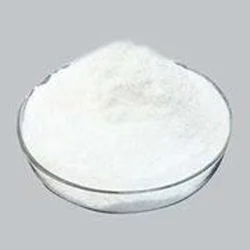 Ethinyl Estradiol APIView Details
Ethinyl Estradiol APIView Details
57-63-6 -
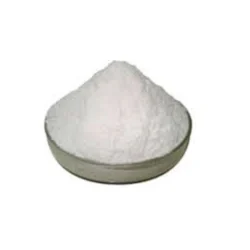 57-63-6 Ethinylestradiol PowderView Details
57-63-6 Ethinylestradiol PowderView Details
57-63-6 -
 Ethinyl EstradiolView Details
Ethinyl EstradiolView Details
57-63-6 -
 Ethinyl estradiolView Details
Ethinyl estradiolView Details
57-63-6 -
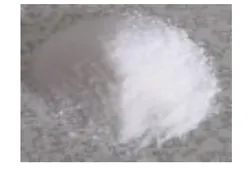 Ethinyl Estradiol ChemicalView Details
Ethinyl Estradiol ChemicalView Details
57-63-6
